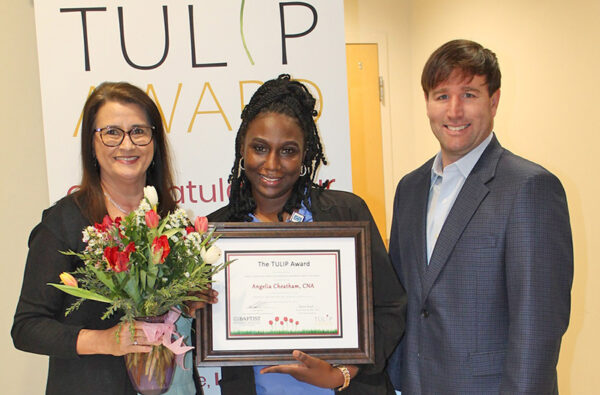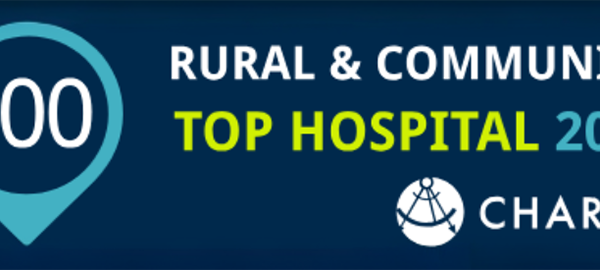From drug recalls to new treatment options, physicians want to get news to patients as quickly as possible. MyChart’s Slicer Dicer option makes that happen. Just ask Dr. Greg Jenkins.
This past August following a voluntary Food and Drug Administration (FDA) drug recall, Dr. Jenkins used MyChart to generate a targeted blast message to all his patients taking valsartan for treating high blood pressure and heart failure. Recalled drugs contained N-nitrosodimethylamine (NDMA), shown to increase the occurrence of cancer. Not all varsatan products contained NDMA.
“I was able to drill down and quickly generate a patient list of those taking valsartan and valsartan plus hydrochlorothiazide,” said Dr. Jenkins. “Then, using the bulk communications tool, I wrote a single MyChart message informing patients to contact their pharmacy immediately to see if they had the affected medication and to message me with questions. So instead of my staff attempting to reach them by phone, or waiting for them to hear about it on their own, I took care of it in minutes.”
In addition, Dr. Jenkins and Baptist Medical Group leadership collaborated with Jeremy Lindsey, Baptist OneCare ambulatory director, and Chris Hopper, Baptist OneCare system director, who in turn had analysts send a targeted bulk message to patients across the Baptist system with the two affected drugs on their medication list.
“Using Slicer Dicer to quickly identify and notify patients of recalls is a common use for the Epic reporting tool, but we also can inform patients of new treatment options or new MyChart features available to them,” said Jeremy. “Physicians can use Slicer Dicer to select patients based on certain clinical criteria and prompt them to schedule an office visit.”
Approximately 87% of the patients who see Dr. Jenkins and his colleagues have a MyChart account, which Jeremy says is the system’s highest. “He has done a great job of selling the advantages of MyChart to his patients. This is how they want to communicate.”






